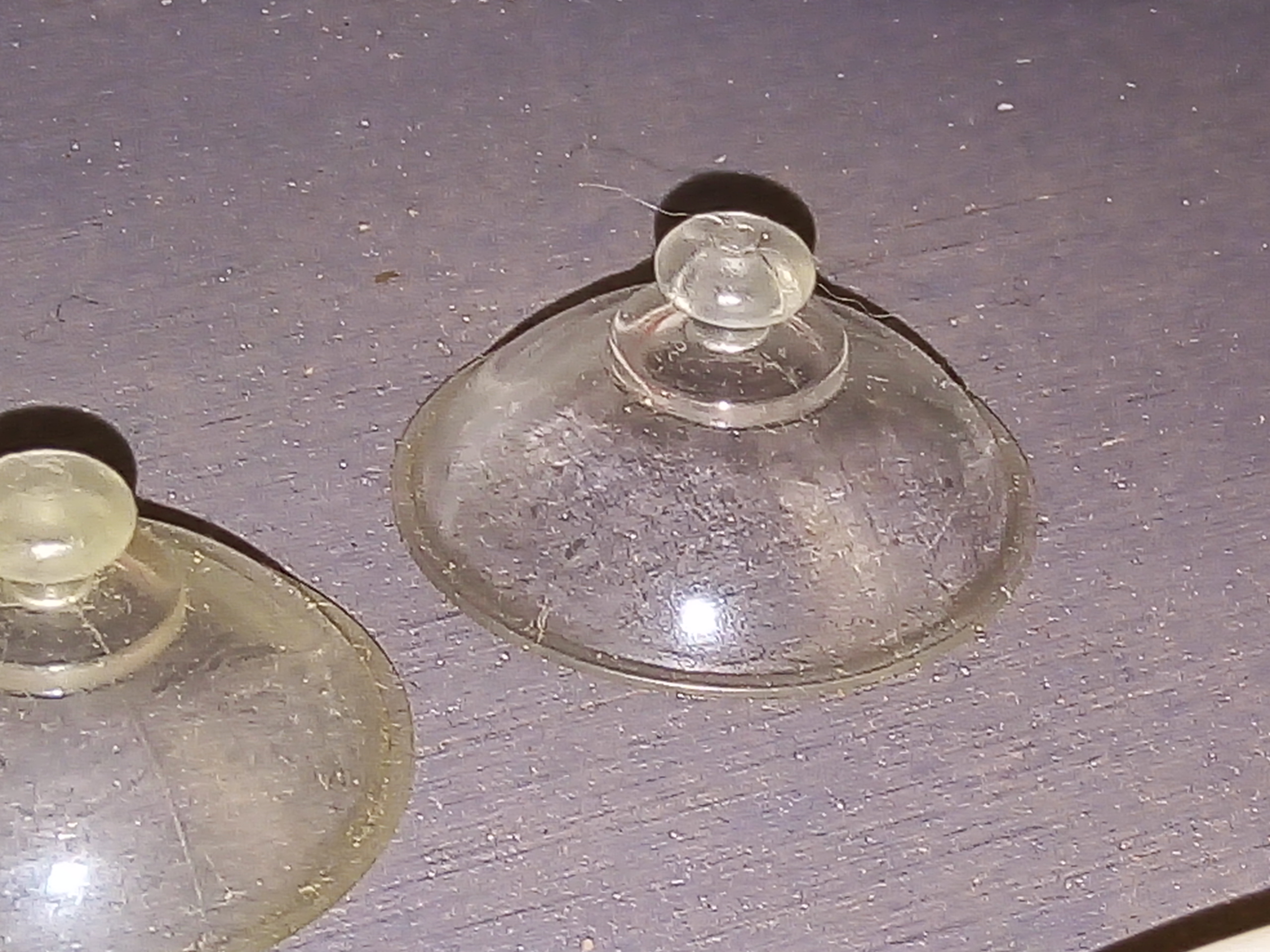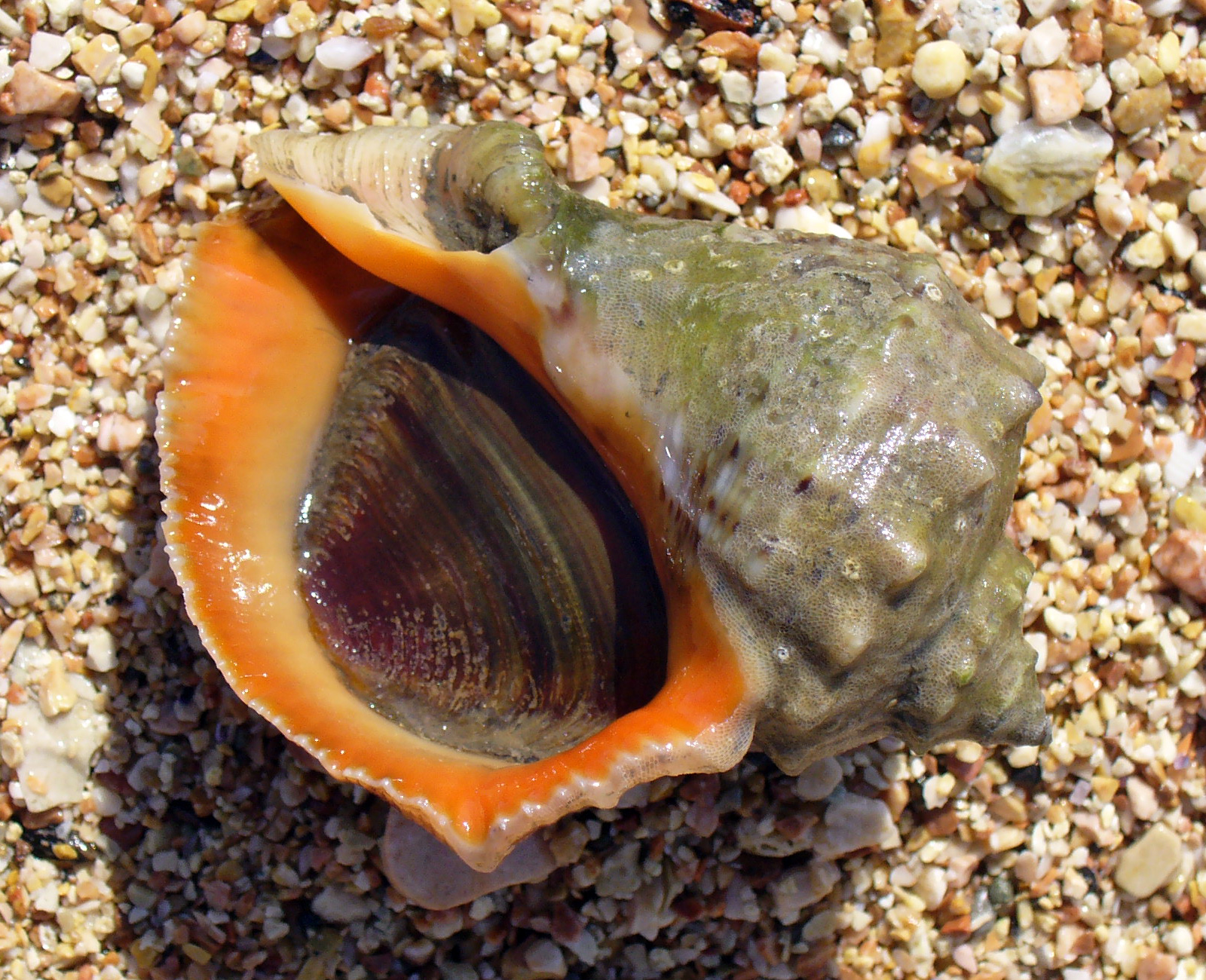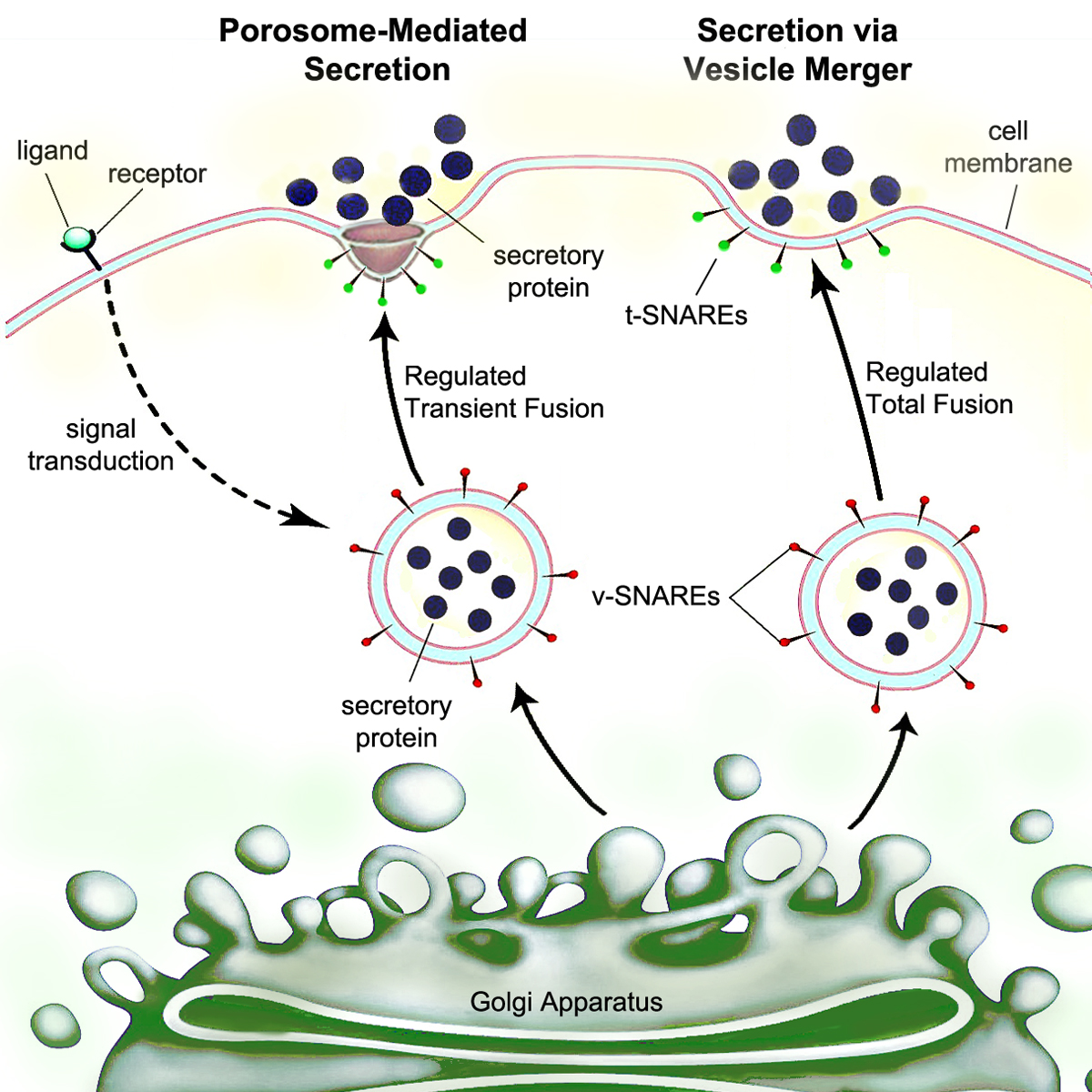|
Entobdella Soleae
''Entobdella soleae'' is a monogenean (Platyhelminth) skin parasite of the common sole, '' Solea solea'', an important food fish. They are approximately 2 to 6 mm in length. It is flat, translucent, and has a large, disc-shaped haptor, a posterior organ used for semi-permanent attachment to the host. Typically, 2-6 parasites are found on wild sole, but in intensive fish farms this can rise to 200-300 parasites per fish, causing skin inflammation and sometimes death of the sole. ''E. soleae'' can live up to 120 days in seawater. Life Cycle The life cycle of ''Entobdella soleae'' follows the life patterns of their marine bottom-living host. The ''Solea solea'' would bury itself in the sediment for some time each day. The parasites are attached to the bottom of their host, in which when their hosts bury themselves, the parasite lays their eggs. The eggs are anchored to the sea bottom so that they wouldn't be swept away by the water currents. When the eggs hatched the oncomiracidi ... [...More Info...] [...Related Items...] OR: [Wikipedia] [Google] [Baidu] |
Animal
Animals are multicellular, eukaryotic organisms in the Biology, biological Kingdom (biology), kingdom Animalia (). With few exceptions, animals heterotroph, consume organic material, Cellular respiration#Aerobic respiration, breathe oxygen, have myocytes and are motility, able to move, can reproduce sexually, and grow from a hollow sphere of Cell (biology), cells, the blastula, during embryonic development. Animals form a clade, meaning that they arose from a single common ancestor. Over 1.5 million extant taxon, living animal species have been species description, described, of which around 1.05 million are insects, over 85,000 are molluscs, and around 65,000 are vertebrates. It has been estimated there are as many as 7.77 million animal species on Earth. Animal body lengths range from to . They have complex ecologies and biological interaction, interactions with each other and their environments, forming intricate food webs. The scientific study of animals is known as ... [...More Info...] [...Related Items...] OR: [Wikipedia] [Google] [Baidu] |
Suction Cup
A suction cup, also known as a sucker, is a device or object that uses the negative Pressure#Fluid pressure, fluid pressure of air or water to adhere to Porosity, nonporous surfaces, creating a Vacuum, partial vacuum. Suction cups occur in nature on the bodies of some animals such as octopuses and squid, and have been reproduced artificially for numerous purposes. Theory The working face of the suction cup is made of elastic, flexible material and has a curved surface. When the center of the suction cup is pressed against a flat, non-Porous medium, porous surface, the volume of the space between the suction cup and the flat surface is reduced, which causes the air or water between the cup and the surface to be expelled past the rim of the circular cup. The cavity which develops between the cup and the flat surface has little to no air or water in it because most of the fluid has already been forced out of the inside of the cup, causing a lack of pressure. The pressure differ ... [...More Info...] [...Related Items...] OR: [Wikipedia] [Google] [Baidu] |
Eggshell
An eggshell is the outer covering of a hard-shelled egg (biology), egg and of some forms of eggs with soft outer coats. Worm eggs Nematode eggs present a two layered structure: an external vitellin layer made of chitin that confers mechanical resistance and an internal lipid-rich layer that makes the egg chamber impermeable. Insect eggs Insects and other arthropods lay a large variety of styles and shapes of eggs. Some of them have gelatinous or skin-like coverings, others have hard eggshells. Softer shells are mostly protein. It may be fibrous or quite liquid. Some arthropod eggs do not actually have shells, rather, their outer covering is actually the outermost embryonic membrane, the choroid, which protects inner layers. This can be a complex structure, and it may have different layers, including an outermost layer called an exochorion. Eggs which must survive in dry conditions usually have hard eggshells, made mostly of dehydrated or mineralized proteins with pore sys ... [...More Info...] [...Related Items...] OR: [Wikipedia] [Google] [Baidu] |
Hatching
Hatching () is an artistic technique used to create tonal or shading effects by drawing (or painting or scribing) closely spaced parallel lines. When lines are placed at an angle to one another, it is called cross-hatching. Hatching is also sometimes used to encode colours in monochromatic representations of colour images, particularly in heraldry. Hatching is especially important in essentially linear media, such as drawing, and many forms of printmaking, such as engraving, etching and woodcut. In Western art, hatching originated in the Middle Ages, and developed further into cross-hatching, especially in the old master prints of the fifteenth century. Master ES and Martin Schongauer in engraving and Erhard Reuwich and Michael Wolgemut in woodcut were pioneers of both techniques, and Albrecht Dürer in particular perfected the technique of crosshatching in both media. Artists use the technique, varying the length, angle, closeness and other qualities of the lines, ... [...More Info...] [...Related Items...] OR: [Wikipedia] [Google] [Baidu] |
Oncomiracidium
An oncomiracidium is the ciliated and free-living larva of a monogenean, a type of parasitic flatworm commonly found on fish. It is similar to the miracidium of Trematoda Trematoda is a class of flatworms known as trematodes, and commonly as flukes. They are obligate internal parasites with a complex life cycle requiring at least two hosts. The intermediate host, in which asexual reproduction occurs, is a mol ..., but has sclerotised (hardened) hooklets not found in the latter. References Monogenea {{Monogenea-stub ... [...More Info...] [...Related Items...] OR: [Wikipedia] [Google] [Baidu] |
Operculum (animal)
An operculum is an anatomical feature, a stiff structure resembling a lid or a small door that opens and closes, and thus controls contact between the outside world and an internal part of an animal. Examples include: * An operculum (gastropod), a single lid that (in its most complete form) closes the aperture of the shell when the animal is retracted, and thus protects the internal soft parts of the animal that are not completely covered by the shell. The operculum lies on the top rear part of the foot. When the foot is retracted, the operculum is rotated 180° and closes the shell. * An operculum (fish), a flap that covers the gills in bony fishes and chimaeras. * The cover that rapidly opens a cnida of a cnidarian such as a jellyfish or a sea anemone. The lid may be a single hinged flap or three hinged flaps arranged like slices of pie. * In insects, the operculum is the name for one or more lids covering the tympanal cavity. A subgenital operculum is exhibited in stick ins ... [...More Info...] [...Related Items...] OR: [Wikipedia] [Google] [Baidu] |
Fish Scale
A fish scale is a small rigid plate that grows out of the skin of a fish. The skin of most jawed fishes is covered with these protective scales, which can also provide effective camouflage through the use of reflection and colouration, as well as possible hydrodynamic advantages. The term ''scale'' derives from the Old French , meaning a shell pod or husk. Scales vary enormously in size, shape, structure, and extent, ranging from strong and rigid armour plates in fishes such as shrimpfishes and boxfishes, to microscopic or absent in fishes such as eels and anglerfishes. The morphology (biology), morphology of a scale can be used to identify the species of fish it came from. Scales originated within the jawless ostracoderms, ancestors to all jawed fishes today. Most bony fishes are covered with the cycloid scales of salmon and carp, or the ctenoid scales of perch, or the ganoid scales of sturgeons and gars. Cartilaginous fishes (sharks and rays) are covered with placoi ... [...More Info...] [...Related Items...] OR: [Wikipedia] [Google] [Baidu] |
Syncytium
A syncytium (; : syncytia; from Greek: σύν ''syn'' "together" and κύτος ''kytos'' "box, i.e. cell") or symplasm is a multinucleate cell that can result from multiple cell fusions of uninuclear cells (i.e., cells with a single nucleus), in contrast to a coenocyte, which can result from multiple nuclear divisions without accompanying cytokinesis. The muscle cell that makes up animal skeletal muscle is a classic example of a syncytium cell. The term may also refer to cells interconnected by specialized membranes with gap junctions, as seen in the heart muscle cells and certain smooth muscle cells, which are synchronized electrically in an action potential. The field of embryogenesis uses the word ''syncytium'' to refer to the coenocytic blastoderm embryos of invertebrates, such as ''Drosophila melanogaster''. Physiological examples Protists In protists, syncytia can be found in some rhizarians (e.g., chlorarachniophytes, plasmodiophorids, haplosporidians) and acellul ... [...More Info...] [...Related Items...] OR: [Wikipedia] [Google] [Baidu] |
Electron Density
Electron density or electronic density is the measure of the probability of an electron being present at an infinitesimal element of space surrounding any given point. It is a scalar quantity depending upon three spatial variables and is typically denoted as either \rho(\textbf r) or n(\textbf r). The density is determined, through definition, by the normalised N-electron wavefunction which itself depends upon 4N variables (3N spatial and N Spin (physics), spin coordinates). Conversely, the density determines the wave function modulo up to a phase factor, providing the formal foundation of density functional theory. According to quantum mechanics, due to the uncertainty principle on an atomic scale the exact location of an electron cannot be predicted, only the probability of its being at a given position; therefore electrons in atoms and molecules act as if they are "smeared out" in space. For one-electron systems, the electron density at any point is proportional to the square ... [...More Info...] [...Related Items...] OR: [Wikipedia] [Google] [Baidu] |
Secretory
Secretion is the movement of material from one point to another, such as a secreted chemical substance from a cell or gland. In contrast, excretion is the removal of certain substances or waste products from a cell or organism. The classical mechanism of cell secretion is via secretory portals at the plasma membrane called porosomes. Porosomes are permanent cup-shaped lipoprotein structures embedded in the cell membrane, where secretory vesicles transiently dock and fuse to release intra-vesicular contents from the cell. Secretion in bacterial species means the transport or translocation of effector molecules. For example: proteins, enzymes or toxins (such as cholera toxin in pathogenic bacteria e.g. ''Vibrio cholerae'') from across the interior (cytoplasm or cytosol) of a bacterial cell to its exterior. Secretion is a very important mechanism in bacterial functioning and operation in their natural surrounding environment for adaptation and survival. In eukaryotic cells Me ... [...More Info...] [...Related Items...] OR: [Wikipedia] [Google] [Baidu] |
Duct (anatomy)
In anatomy and physiology, a duct is a circumscribed channel leading from an exocrine gland or organ. Types of ducts Examples include: Duct system As ducts travel from the acinus which generates the fluid to the target, the ducts become larger and the epithelium becomes thicker. The parts of the system are classified as follows: Some sources consider "lobar" ducts to be the same as "interlobar ducts", while others consider lobar ducts to be larger and more distal from the acinus. For sources that make the distinction, the interlobar ducts are more likely to classified with simple columnar epithelium (or pseudostratified epithelium), reserving the stratified columnar for the lobar ducts. File:Gray1025.png, Section of submaxillary gland of kitten. Duct semidiagrammatic. X 200. File:Gray1173.png, Section of portion of mamma. Intercalated duct The intercalated duct, also called intercalary duct (ducts of Boll), is the portion of an exocrine gland leading directly ... [...More Info...] [...Related Items...] OR: [Wikipedia] [Google] [Baidu] |
Microvillus
Microvilli (: microvillus) are microscopic cellular membrane protrusions that increase the surface area for diffusion and minimize any increase in volume, and are involved in a wide variety of functions, including absorption, secretion, cellular adhesion, and mechanotransduction. Structure Microvilli are covered in plasma membrane, which encloses cytoplasm and microfilaments. Though these are cellular extensions, there are little or no cellular organelles present in the microvilli. Each microvillus has a dense bundle of cross-linked actin filaments, which serves as its structural core. 20 to 30 tightly bundled actin filaments are cross-linked by bundling proteins fimbrin (or plastin-1), villin and espin to form the core of the microvilli. In the enterocyte microvillus, the structural core is attached to the plasma membrane along its length by lateral arms made of myosin 1a and Ca2+ binding protein calmodulin. Myosin 1a functions through a binding site for filamentous ac ... [...More Info...] [...Related Items...] OR: [Wikipedia] [Google] [Baidu] |






